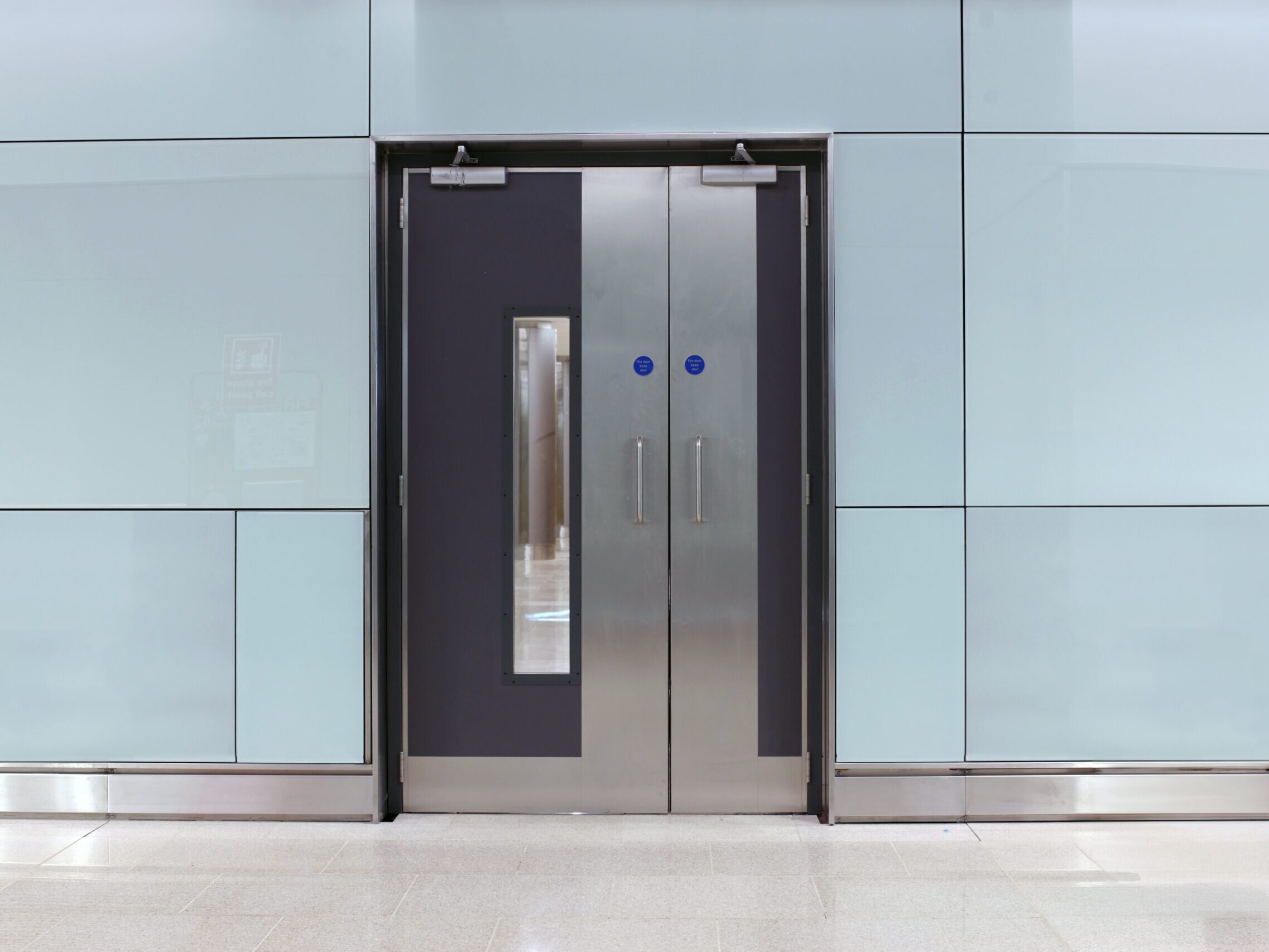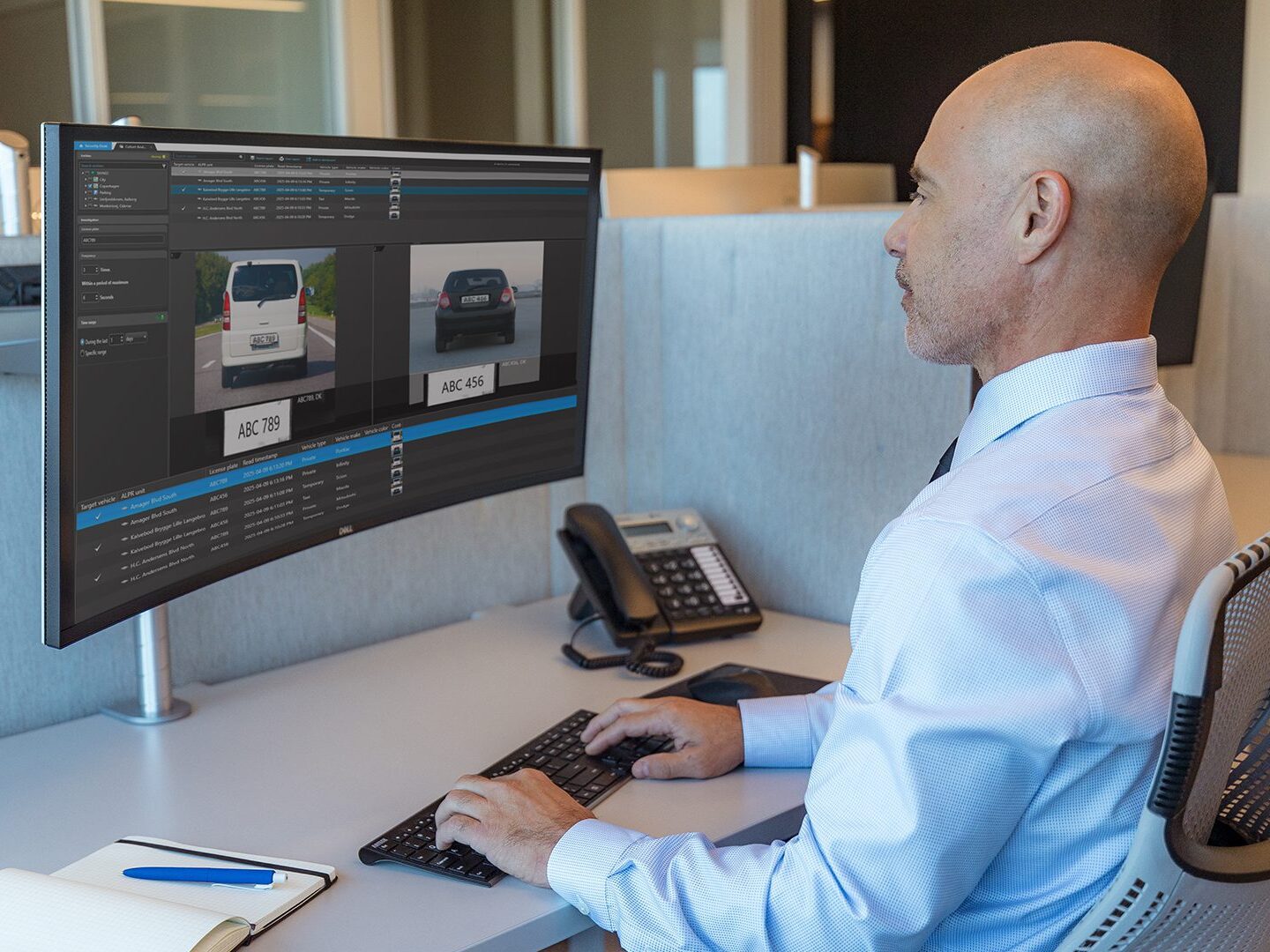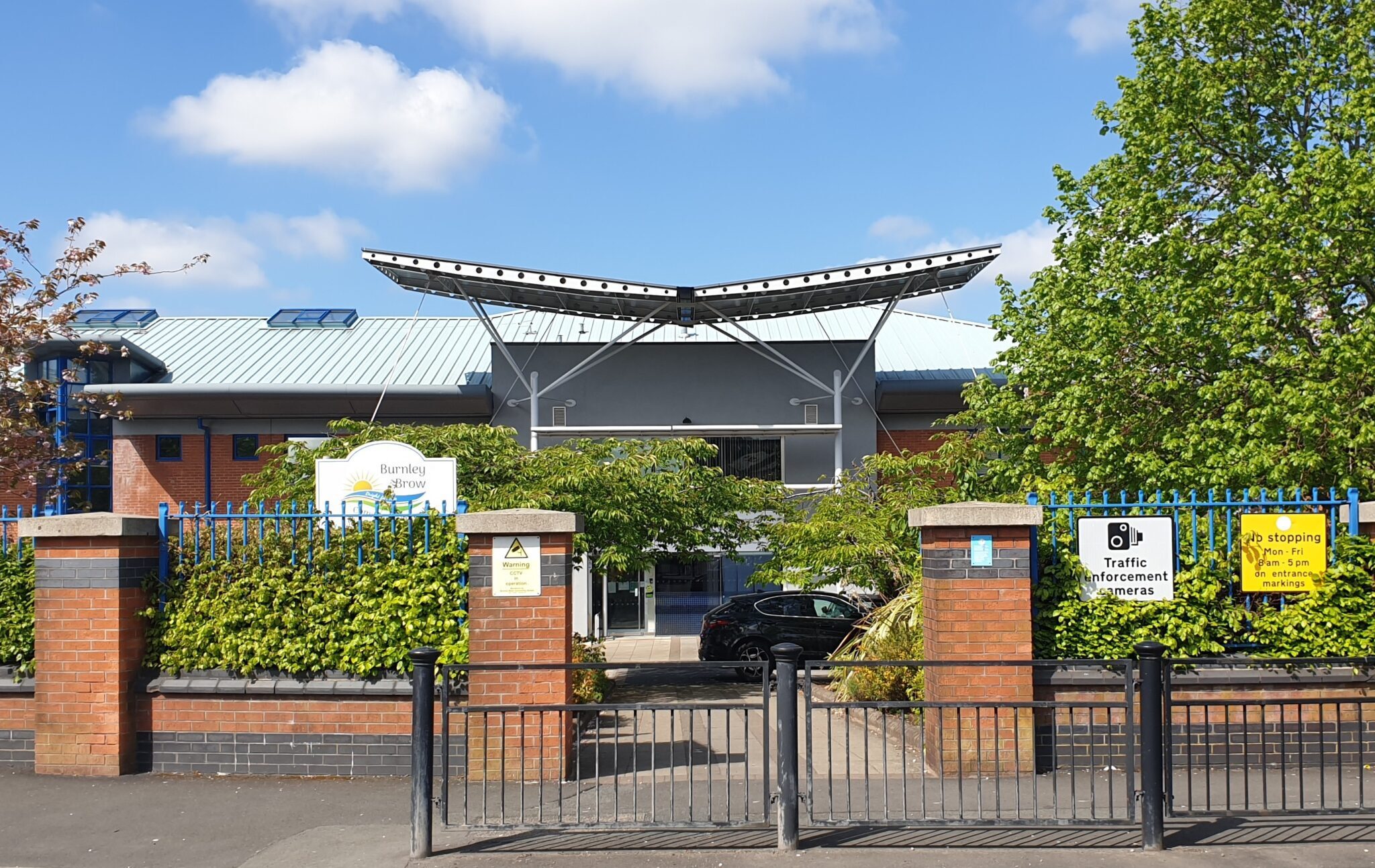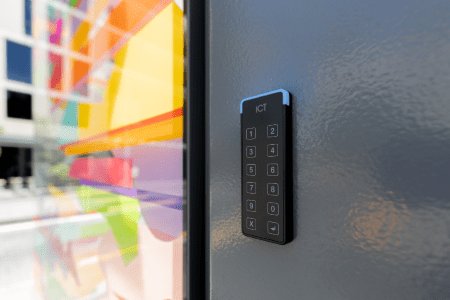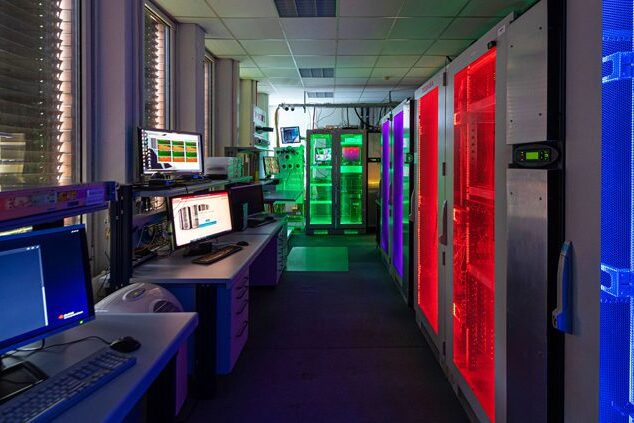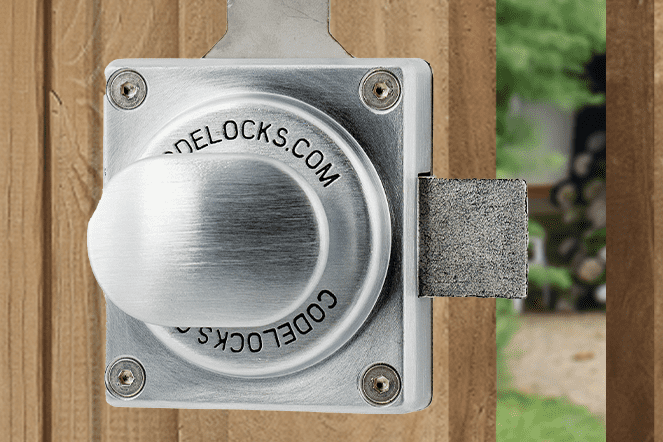New research has highlighted the importance of striking the right balance between security and aesthetics when securing public spaces, particularly in locations of historic interest or with recognisable design vocabularies.
The Future of Urban Design report by ATG Access revealed that a third (32%) of architects, specifiers and urban planners have found that local residents are often reluctant to have the look of an area changed by the implementation of physical security measures.
Encouragingly, given the ever-present threats to city life, the research shows that the majority of urban design professionals themselves are aware of the importance of incorporating security solutions into their projects, with 82% agreeing that they make a positive addition.
However, some also expressed their own concerns around the impact that these measures can have on a development’s aesthetic appeal. According to the survey, 40% find incorporating security measures into new developments without impacting their aesthetic appeal a key design challenge.
A surprising 2% admitted that they actively dislike them and try to avoid including security measures in their designs wherever possible. On the other hand, 8% of those surveyed said that, while they would prefer not to include security measures in their projects, they are conscious that many people like to see them.
Iain Moran, director at ATG Access, commented: “Our research really highlights the importance of preserving the visual appeal of public spaces while also protecting people from threats such as vehicle attacks.
“Security measures will have an increasingly large part to play as our cities continue to evolve over the coming years, with a growing focus on smart automation, reducing carbon emissions and transforming retail centres into leisure hubs, so it’s crucial that we maintain positive feeling towards them.
“When implemented sensitively and correctly, security solutions offer the public a sense of reassurance and comfort, without detracting from historic landmarks or the design of the wider development, or creating a fortress mentality amongst those using the space.
“The technology we have available is constantly advancing, with cutting edge products providing maximum protection with very sleek designs. Additionally, protective street furniture such as lighting, seating, planters, litter bins and cycle stands, can now be used alongside more traditional solutions, offering more freedom in the design of public spaces.”
According to the report, more than a third (36%) of urban design professionals think that impact-tested street furniture is a great innovation.
However, 59% said that, although they think protective street furniture is a good idea, they think that architects should have more say in their design from the ground up. A further 19% said that they wished there were more options to choose from.
Iain continued: “From this, it’s clear that while attitudes towards impact-tested street furniture amongst architects and planners are positive, there is definite demand for access to more bespoke products.
“A more collaborative approach between suppliers and design professionals might therefore be the key to enhancing perceptions of the aesthetic impact of security measures and encouraging even more widespread implementation of both protective street furniture and traditional solutions.”
To stay up to date on the latest, trends, innovations, people news and company updates within the global security market please register to receive our newsletter here.
Media contact
Rebecca Morpeth Spayne,
Editor, Security Portfolio
Tel: +44 (0) 1622 823 922
Email: [email protected]

